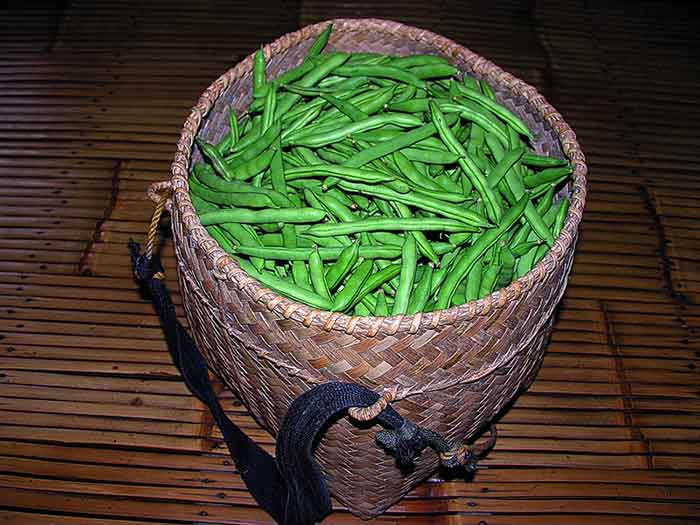The Department of Environment and Natural Resources (DENR) in Region 6 will give its focus on three areas for CY 2024, namely: disaster resiliency, climate action and water security.
These three are the main thrusts the Department will pursue and are anchored on Chapter 16 of the Regional Development Plan, titled “Accelerate Climate Action and Strengthen Disaster Resilience.”
In an interview, Forester Livino B. Duran, regional executive director of the Department of Environment and Natural Resources in Region 6 disclosed that his office will closely collaborate with other national government agencies to strengthen the region’s disaster resiliency.
“As to DENR, our mandate is focused on the delineation of public easements – especially the riverbanks and coastal areas – to prevent occurrences of disasters in landslide prone and flood prone areas,” Director Duran said.
He further said that delineation of public easements and the cadastral survey was already complete more than a hundred years ago.
“Meaning, the lines are imaginary and others have already occupied areas within public easements which are very prone to disasters,” he added.
Director Duran further clarified that while the DENR delineates public easements as part of its mandate, relocating those in disaster prone areas falls under the responsibility of the local government unit concerned and should people need housing, the Department of Human Settlements and Urban Development (DHSUD) would be in a position to help.
As to climate action interventions, the Department’s reforestation programs already got this covered. “Enhanced National Greening Program (ENGP) is part of the top 30 priorities in order to advance forest cover of the region, while biodiversity maintenance and protection is also promoting climate action,” Director Duran said.
Water security is the newest thrust that the DENR will focus on this year and onwards. The Department is geared towards identification of available water sources. Water security equates availability or adequate water supply for irrigation, domestic and industrial purposes.
The DENR 6 has already identified the region’s critical watersheds and river systems which support life downstream and are sources of freshwater. Director Duran also said that if water volume from both watersheds and river systems is not adequate, the DENR 6 needs to identify underground sources such as aquifers.
“Identifying our productive aquifers could help guide our LGUs. Ideally, land use above ground of these productive aquifers should be agricultural, not commercial or residential. We should move ahead – identify exact location [of the aquifers] to protect these and for the LGU to anticipate proper zoning scheme,” Director Duran said.
The Mines and Geosciences Bureau (MGB) of the DENR Region 6 is tasked with the identification of the underground aquifers of the region. The Bureau will be employing the geo-resistivity analysis as a method to confirm the presence of groundwater in specific areas. (DENR-6)




























